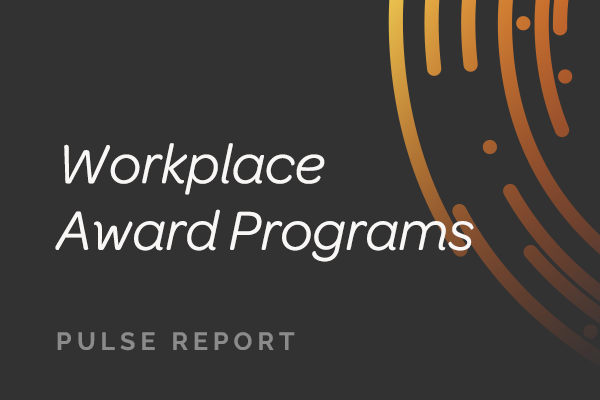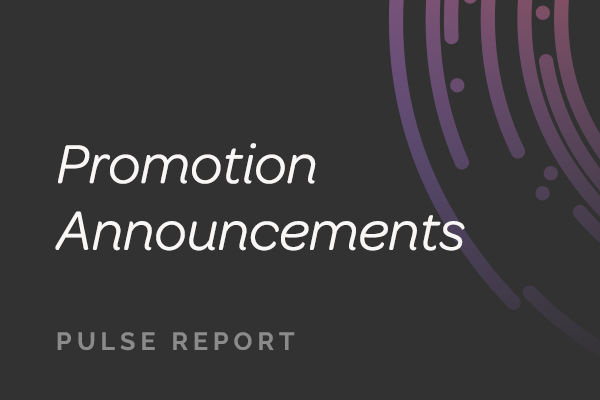
The Death of the Intranet Has Been Greatly Exaggerated
July 25, 2023
Part of a series of blogs expanding on the findings of the latest ROI Benchmark.
For more than a decade, reports have circulated that intranets are passé. The reasons aren’t surprising. On an organizational level, the intranet, with its limited audience of employees, can feel like an investment that’s less vital than its more glamorous external-facing sibling. Furthermore, a raft of enterprise social media tools have been introduced with an eye on eradicating intranets in favor of a more engaging alternative. And in today’s fast-paced internal environment, characterized by “churnout,” intranets can feel slow, stodgy, and difficult to keep up-to-date — with no established governance or intranet best practices.
But let’s not waste too much pity on the poor intranet — despite all the grumbling, it’s still very much in demand. In the latest ROI Benchmark, 78% of communicators report that they still rely heavily on the intranet as a channel. This is second only to the most ubiquitous of all corporate communication technologies, email, at 94%. Popular live events such as all-hands meetings and town halls (69%) trail intranets as a key platform. Even among organizations with offline workers who lack regular computer access, 47% rely upon intranets as key resources for sharing company information.
While intranets are still very much in demand (and have grown leaps and bounds in the past 5 years alone in functionality and customization), a bad intranet will always miss the mark. If employees aren’t visiting their intranet, it might have more to do with its execution than its conception. So what can communicators and companies do to make sure the intranet experience is as helpful as possible to employees? Here are a few high-level intranet best practices.
- Be clear on its objective: Is your intranet a place for engagement and conversation? Or is it a storehouse for documents and resources? Is it a platform for breaking urgent communications, or a more-static complement to other channels? No matter what, your intranet should be part of a clearly defined channel strategy that ensures it works in harmony with the other platforms you use to communicate with employees. Knowing exactly how your intranet fits into the bigger picture — and clearly communicating about it — is the best way to set it up for success.
- Make it easy to use: A solid intranet is a microcosm of the company it serves, but that doesn’t mean it needs to reflect every detail. Internal demands can make it a challenge to streamline hierarchies of information, but it’s important to keep in mind that the end user is an employee — generally in a rush — who is trying to do their job better. Prioritize the information that is most broadly useful with a carefully designed home page and navigation, and create clear paths to everything else.
- Keep it fresh with a focus on governance: Few things are more demoralizing than looking for an important resource that is missing, broken, or out of date. A clear governance plan is key to ensuring that the intranet is doing its job, rain or shine. If individual internal orgs are responsible for maintaining their respective sections, enlist leadership to provide incentives for keeping things current. If a central internal comms team populates the entire site, create regular touchpoints with stakeholders. Either way, be sure you’re committing the right amount of planning and resources to ensure that the whole thing runs as smoothly as possible, 24/7/365.
So long as you follow these intranet best practices and key principles, there are as many ways to build an intranet as there are companies that need one. Many (including 58% of Benchmark participants) utilize SharePoint, while others (12%) find an advantage in exploring more consumer-grade, out of the box solutions such as Staffbase, Simpplr, Workvivo, or Interact. Some (7%) even choose to develop their own custom or homegrown solutions.
Whichever direction you decide to take, the health of your intranet is in your hands. Embracing strong intranet best practices can keep your intranet platform engaging and thriving. With proper care and feeding, it can continue to live a long, happy life for many years to come.
Contributor:
Jeff Lewonczyk
Director, Specialist
Jeff is a strategist and award-winning illustrator with a background in theater, music and arts advocacy. A resident of Brooklyn, he directs musical comedies and helps clients connect with their audiences through visually compelling stories and messaging.







